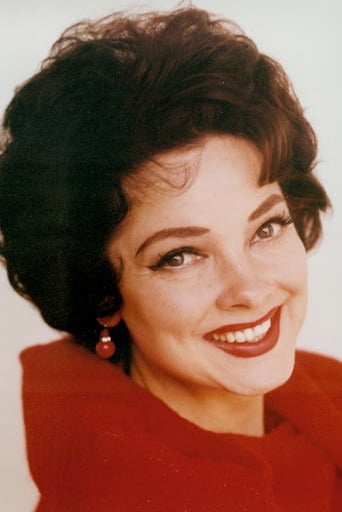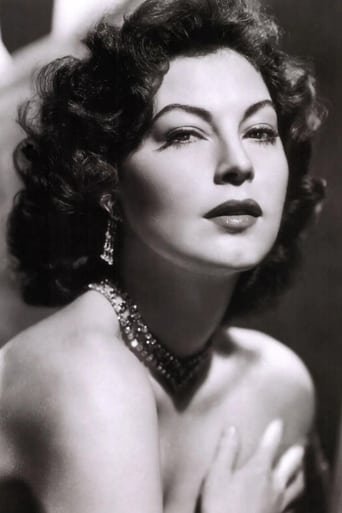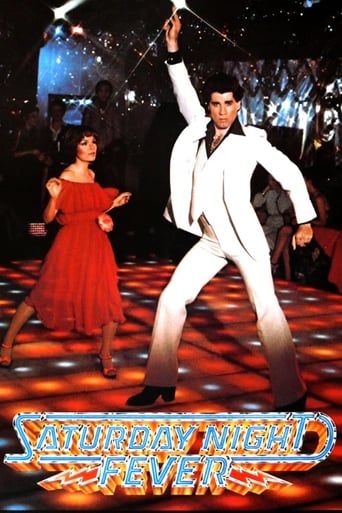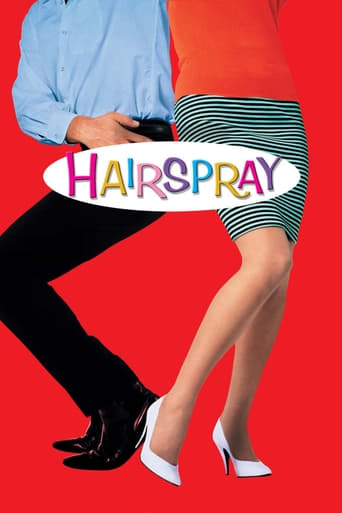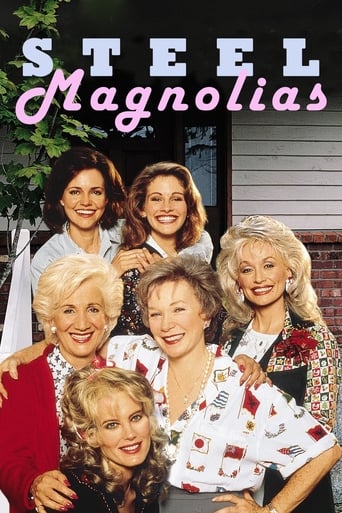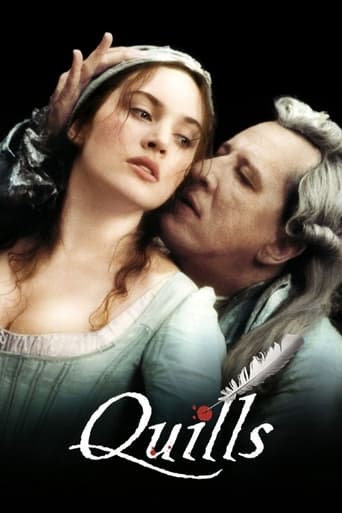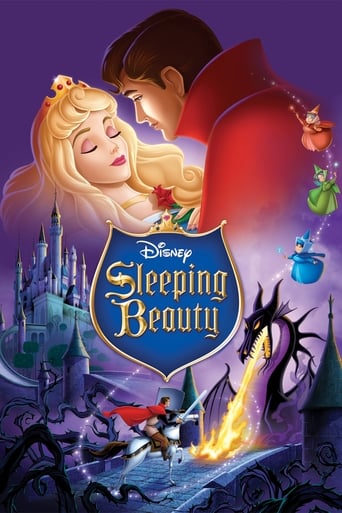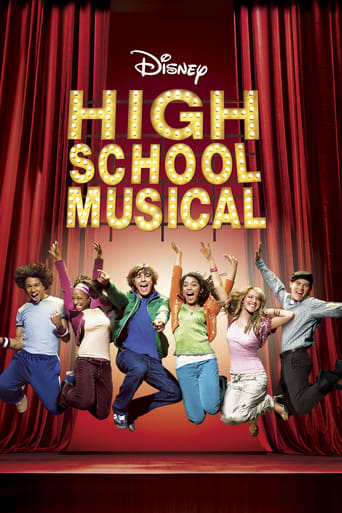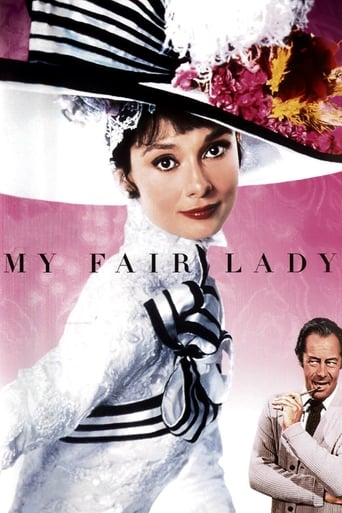
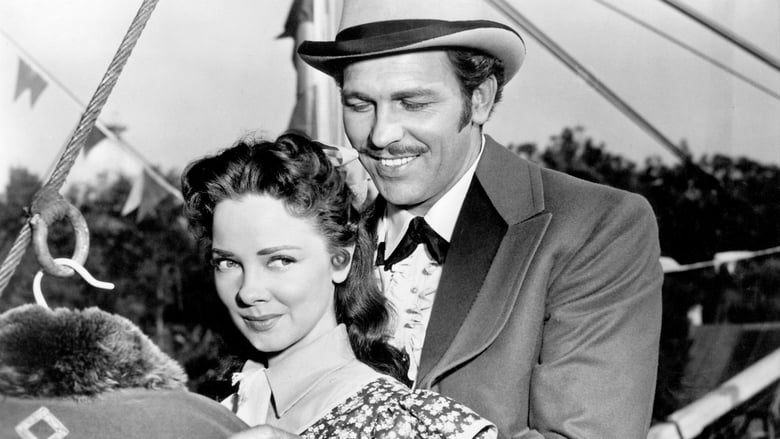
Show Boat (1951)
A dashing Mississippi river gambler wins the affections of the daughter of the owner of the Show Boat.
Watch Trailer
Cast


Similar titles
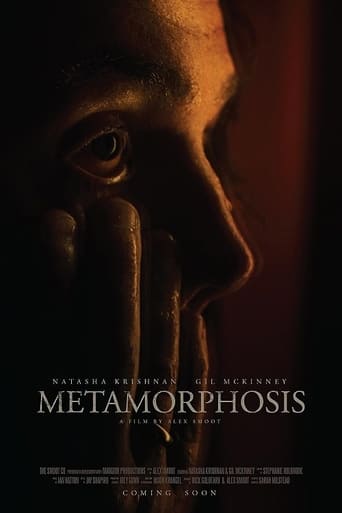
Reviews
Longtime MGM-contracted actress and singer Kathryn Grayson finally was given a leading man she liked, in Howard Keel, after several films each with headliner singers Mario Lanza and Frank Sinatra, with whom she felt no genuine romantic chemistry. The duo would be reunited for 2 more films, in "Lovely to Look At" : another adaptation of a classic Kern play, and "Kiss Me Kate". "Showboat" and "Lovely to Look At" were remakes of '30s films, this time shot in color. Inevitably, some will prefer at least some aspects of the original. This was Keel's third starring role in a musical, the first being "Annie Get your Gun", which is clearly my favorite of the films he starred in, having much more of a comical element...... Keel's character: Gaylord, is basically a dandy phony, and thus unlikable: a flashy riverboat gambler with no other apparent skills, who had a lucky streak, and thus is dressed as a leisured gentleman, which, along with his physique and singing skills, enables him to attract and marry the beautiful, but gullible, Magnolia(Kathryn). When his gambling luck runs out, he abandons her, after she claims he's more interested in gambling than in her. They remain separated for some years until he learns that she has a child by him., which induces him to return to the 'showboat', to which she has retreated, with the possibility of resuming a life with her and their daughter. Ava Gardner's character, Julie: initially the star of the boat show, along with her husband(played by Rod Sterling), are forced to leave the show when it is revealed that she is a mulatto, thus can't be married to a full Caucasian in that state(even in 1887). Eventually, her husband abandons her. Instead of looking for a replacement, she eventually becomes an alcoholic sometimes nightclub singer in Chicago. Magnolia too doesn't seem to look for a replacement husband to help raise her girl that Gaylord doesn't know about. Eventually, Magnolia and Julie meet again when they are competing for the same nightclub singing job. Both appropriately sing "Can't help Loving That Man of Mine". As in the case of "Lovely to Look At", there are too many coincidences of the main characters parting ways and eventually accidentally rediscovering each other. We are left wondering if Gaylord and Magnolia will reestablish a meaningful relationship, and whether Gaylord will finally get off his lazy gambling butt and do something useful to justify Magnolia's love(I doubt it). The parting scene , which features Julie silently wishing Magnolia and Gaylord well, as they disappear from sight, leaves us depressed about Julie, who seems no further along in getting her private life back on track. Although Keel is the main male singer of solos and duets, in many minds, African American William Warfield got the plum solo, in "Ole Man River". Succinctly expressing the viewpoint of the African American cotton plantation workers, I equally cherish the romantic back and forth upbeat duet "Make Believe", done by Keel and Kathryn. I checked out the '36 film version. Allan Jones was nearly as good as Keel, but Kathryn's spirited rendition clearly was more convincing than Irene Dunn's anemic rendition, and she was easier on the eyes. Incidentally, Kathryn had already sung this song in the Kern biop tribute "Till the Clouds Roll By", a few years earlier. Actually, I prefer that version, with Tony Martin taking Keel's place. Still doe-eyed then, Kathryn looked much more believable as a supposed 18 year old than in this film, when she was nearly 30. I probably would have opted for the 22 y.o. Jane Powell in her place in this film.Marge and Gower Champion, as characters not present in the original play, serve as the primary featured dancing couple, in their first of several films for MGM in the early '50s. They are featured in 3 energetic vaudeville-styled dances. Nothing exceptional in the origination of the choreography, but their renditions are excellent. They would return the following year, in "Lovely to Look At", for 3 more dances, each more distinctive than those in this film. They would then also participate much more in the screenplay. Here, they seem the perfectly matched stable romantic couple that Magnolia and Julie didn't achieve with their husbands.Apparently, partly due to dictate from producer Arthur Freed, and partly due to the personalities of the lead actors, humor is kept to a minimum, while romantic melodrama is emphasized. Thus, the tone of the screen play is quite different from the approximately contemporary MGM musicals that Keel starred in: "Anne Get Your Gun" and "Calamity Jane", in which his costars were the bubbly comedic blonds Betty Hutton or Doris Day: quite different from the statuesque flirty-eyed Kathryn or smoldering Ava.Ava Gardner has never much interested me as an actress or supposed great beauty. The studio balked at casting a real mulatto actress and singer in the role of Julie. Thus, Ava was chosen, although lacking recognized musical talent. In truth, she doesn't come across as a believable mulatto much better than did Esther Williams, as a supposed Polynesian, in Keel's prior musical "Pagan Love Song". In "Till the Cloud's Roll By", her singing roles were done by Virginia O'Brien, looking very much like her, in a similar outfit, and by Lena Horne, who probably should have been given her role in the present film...."Ole Man River" was then sung by both Caleb Peterson(of the '36 film), and again by Sinatra, at the end. Actually, I find Sinatra's seemingly incongruous rendition the most memorable.
If you've read any of my reviews of musicals, then you know that I watch them only so that I can heckle them like Mike, Servo and Crow do to the crummy movies sent them by Dr. Forrester and TV's Frank. I did the exact same with George Sidney's "Show Boat". Among my jeers were:Andy: "I got a sixth sense about these things." - Me: "I can see dead people." Julie: "It's surely not his brain." - Me: "Bra-a-a-a-ains!" (like a zombie) I also noticed that Agnes Moorehead played a supporting role. She is of course best known as Endora on "Bewitched". I guess that Endora might tell Samantha "See what your marriage to that mortal has driven me to?" To be certain, in the scenes with the granddaughter, I said "Don't encourage Tabitha to use witchcraft!" But most importantly, this movie is the ultimate whitewash. It depicts racial harmony in the south when in reality the south had Jim Crow laws. It was definitely a little jarring to hear the casual talk about miscegenation laws.So, you probably think that I didn't understand the movie at all. Well, there's nothing to understand. It's the typical happy-go-lucky musical. Trey Parker and Matt Stone of "South Park" ought to remake it and put their own spin on it.
First of all, Kelly, who wrote the movie summary referred to the race issue noting something about 'whiteman'. Didn't know Paul Whiteman was in the movie.Another contributor, gent from the Tarheel State,as am I, noted that both Grayson and Gardner were from North Carolina. My wife met Ava's brother who ran a service station in the family home town.The two G's from our state helped make the movie a wonderful experience. Gardner, who is drop-dead gorgeous and Grayson who is drop-dead cute with a voice that puts many of today's vocalists to shame.The singing highlight, of course, was William Warfield's "Old Man River," but all of the music, and dancing were home runs.Howard Keel, with his perfectly coiffed hair, looks and acts like a man's man, and sells a song with gusto. (No relation to Gus Gusto).Credit also to Joe E. Brown, who was usually seen in 'B' movies exercising his tonsils in much the manner of Jerry Colonna. In this movie he showed a range of emotions few moviegoers knew he had. Did he actually play that bugle? Marge and Gower Champion were, as usual, a delightful dancin' duo. Eventually, they went to Splitsville a not pleasant affair.Oh, the boat itself was a show, an impressive craft.All in all, this MGM extravaganza was most enjoyable. Some of the critics are occupied with nit-picking, comparisons, and other who-shot-John stuff.As for me, I just sit back, watch, listen, enjoy. Let the other guy dissect.
I'm tired of livin' but scared of dyin'... Have you had the opportunity to enjoy "Showboat" (1951)? Yesterday was the 1st time I'd been able to see it all the way through...no interruptions. I had my 2+ and 5 year old granddaughters visiting me. They were so enthralled with the music, dancing and costumes they sat and quietly watched it...except when the dancing was on. At that point they joined in with great enthusiasm.A gambler/actor, Gaylord Ravenal(Howard Keel), joins riverboat Cap'n Hawks (Joe E. Brown), his wife Parthy (Agnes Moorehead) and daughter Magnolia (Kathryn Grayson) aka: Nollie. He acts his way onto the boat, up the Mississippi River and into Magnolia's heart. The last is very much against her mother's wishes. Gay and Nollie leave her parents to live on their own. Everything seems to go well until Gay and Lady Luck part company. As things fall apart so does their marriage. Gay runs out and Nollie is left to fend for herself. Hards time and other complications make her realize she needs her parents. Tiny spoiler: Ava Gardner and Robert Sterling are "Julie LaVerne" and "Steve Baker" an interracial couple who are threatened with arrest because of their relationship. Their story makes up a sad portion of the plot. What will happen to Julie? What about Nollie? They're both in difficult circumstances. Well, that's all you're getting out of me. If you haven't seen it, please do. It is so worth your time.


